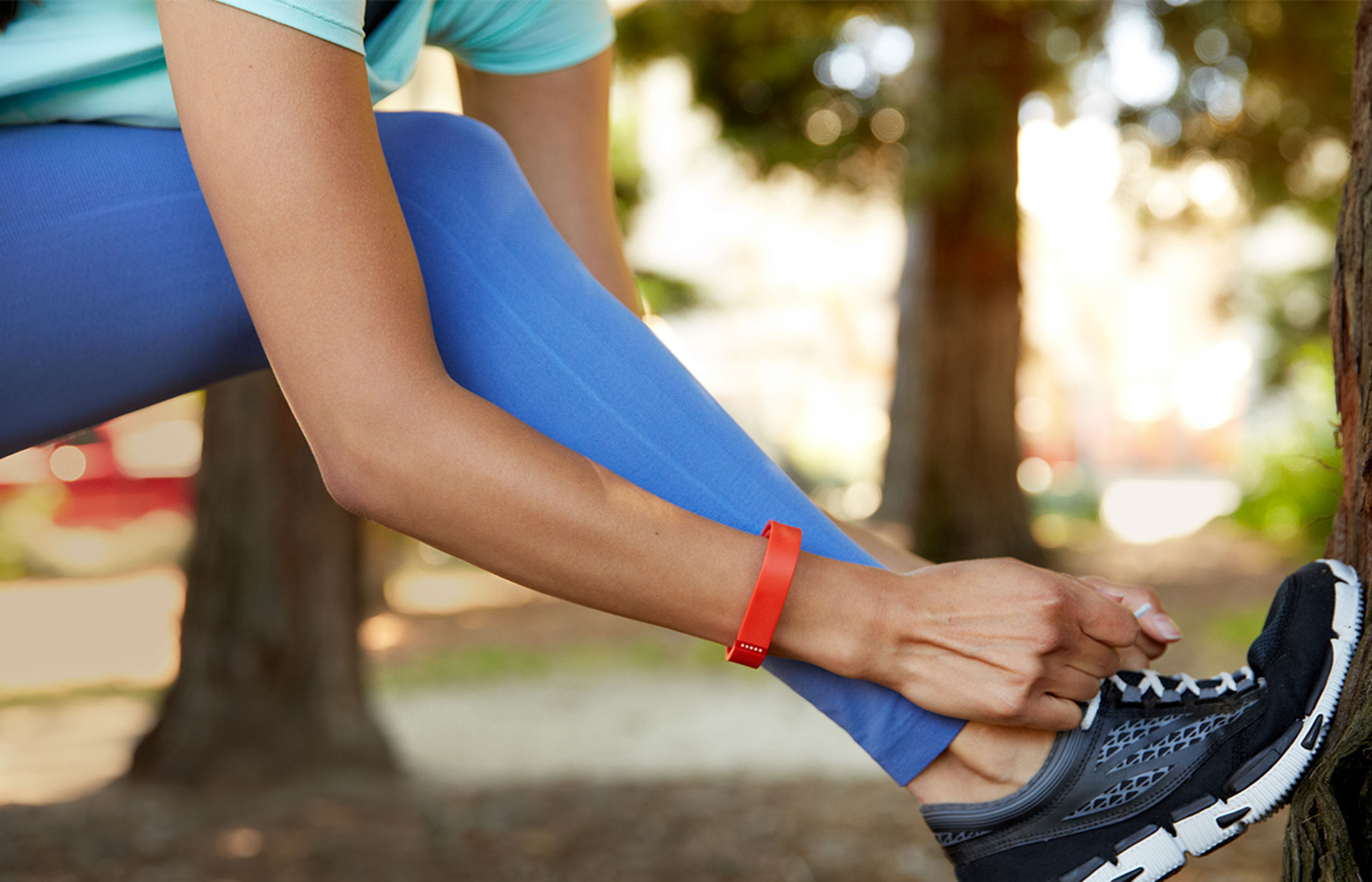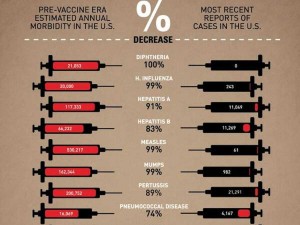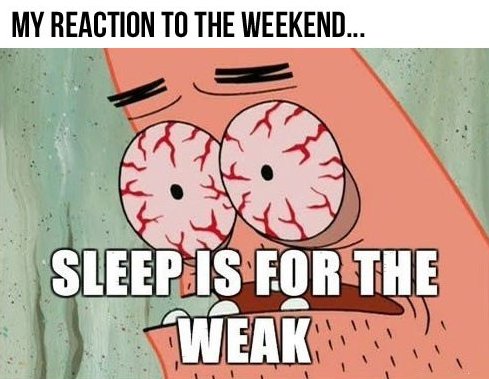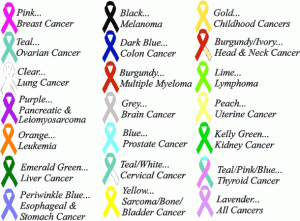THE SCIENCE BEHIND MOTIVATION
It’s getting to that time in the school year when the novelty of new classes and new friends is wearing off. We’re all feeling lethargic and low on energy as we’re studying for midterms and writing more papers. We don’t feel motivated anymore—or maybe we never did to begin with. Nevertheless, I think we can all agree that if we were more motivated about school it would be a lot easier to get our work done sooner and more efficiently. So why can’t we? What is the science behind motivation that is holding us back from doing our best?
This came as a surprise to me, but what motivates us is the chemical dopamine. In 2012, a study was published by two psychology professors at the University of Connecticut that explained their findings on the function of dopamine. According to their findings, dopamine should no longer be considered as a “reward” chemical because dopamine is a much more diverse chemical found at the root of motivation.
According to a study from researchers at a university in Spain, dopamine is a neurotransmitter that, at its core, motivates us to act. It is the most basic chemical that is released to tell us how to react to a situation, either positively or negatively.
Another study published by Michael Treadway and David Zald of Vanderbilt University in 2012 also proved that dopamine is connected with motivation, and went even deeper in their study. Using a PET scan, they scanned the brains of highly motivational people and less motivational people. They found that dopamine was found in the striatum and ventromedial prefrontal cortex of the brain in the people who were highly motivational and in the anterior insula in the people who were less motivational. This study is significant in the science behind motivation because, as Treadway said, “this study provides new information about how dopamine determines individual differences in the behavior of human reward-seekers.”
So what does all of this mean? It means that scientists have found the mechanism behind motivation: dopamine; and have rejected the null hypotheses that dopamine is only associated with pleasure.
According to this article, lack of motivation, or procrastination, can be attributed to an emotional coping mechanism. When we procrastinate we put ourselves at the present time ahead of ourselves in the future. Most of the time we use avoidance to cope with our emotions, which can quickly turn into procrastination. This can also be attributed to a lack of regulation skills.
So what can we do to be more motivated? According to neurologist Dr. Willis, the best thing to do is rewire our brains and set tangible goals. These goals can be unrelated to school work, such as goals related to physical activity or learning a new hobby. The more we meet these other goals, the more our brains will train to meet every goal we set, including those related to schoolwork.
Related to that, Pychyl said that the most important thing to do is set little goals, as in breaking our work into several parts, so we don’t feel overwhelmed with one big assignment.
Related to that, Thomas W. Malone and Mark R. Lepper have discovered that creating incentives for yourself actually backfires. As hard is this may seem to comprehend, according to the two psychologists, doing the tasks is a reward in itself and the only reward we should need. That seems pretty tough to wrap our minds around, because it is going against our basic human nature. But this also ties in with how dopamine is the mechanism behind motivation. Because it is considered a “reward” chemical, us just being motivated to do something should be enough incentive for us to do it. So the next time you’re writing a paper or studying for a test, remember that your brain has the capabilities to reward itself without an outside incentive.


















 s tell my roommate “don’t talk to me.” It is kind of uncomfortable. But It seems that the only reason is that I didn’t have enough time to sleep. In order to let me feel better in the morning, I do some researches about this
s tell my roommate “don’t talk to me.” It is kind of uncomfortable. But It seems that the only reason is that I didn’t have enough time to sleep. In order to let me feel better in the morning, I do some researches about this ortable. The circadian rhythm is affected by some specific hormones, such as cortisol and melatonin. To be specific, cortisol can make people energetic and active in the daytime and melatonin can makes people tired and sleepy at night. Thus, if our circadian rhythm is disrupted, our body physically starts to produce hormones at the wrong time. So this will affect negatively not only on our health but also on our emotion.
ortable. The circadian rhythm is affected by some specific hormones, such as cortisol and melatonin. To be specific, cortisol can make people energetic and active in the daytime and melatonin can makes people tired and sleepy at night. Thus, if our circadian rhythm is disrupted, our body physically starts to produce hormones at the wrong time. So this will affect negatively not only on our health but also on our emotion.
 Hearing the same joke, some people laugh until they cry, but some people do not have any reaction. Watching a tearjerker, some people cry throughout, but some people can still laugh. What cause these difference? It is easy for us to combine these reactions with cultural factors, personal experience and personality. Actually, they are not all the answers for this question.
Hearing the same joke, some people laugh until they cry, but some people do not have any reaction. Watching a tearjerker, some people cry throughout, but some people can still laugh. What cause these difference? It is easy for us to combine these reactions with cultural factors, personal experience and personality. Actually, they are not all the answers for this question. way researchers code participants’ emotional expressions. It is named Facial Action Coding System (FACS). FACS is a research tool useful for measuring any facial expression a human being can make. It is an anatomically based system for comprehensively describing all observable facial movement. So it helps researchers to test and analyze objectively without experimenter effect.
way researchers code participants’ emotional expressions. It is named Facial Action Coding System (FACS). FACS is a research tool useful for measuring any facial expression a human being can make. It is an anatomically based system for comprehensively describing all observable facial movement. So it helps researchers to test and analyze objectively without experimenter effect. ople with “s” allele, called them ss/sl carriers were significantly more vulnerable to negative environments than ll carriers, which support the diathesis-stress model. These children are easy to have emotional disorder in adolescence if they would face unfortunate experience. Controversially, they also benefit more if they could grow up in healthy and warm environment. So this result just fits in the previous experiment’s conclusion.
ople with “s” allele, called them ss/sl carriers were significantly more vulnerable to negative environments than ll carriers, which support the diathesis-stress model. These children are easy to have emotional disorder in adolescence if they would face unfortunate experience. Controversially, they also benefit more if they could grow up in healthy and warm environment. So this result just fits in the previous experiment’s conclusion.





 To be specific, 102 subjects put their arms into a box which contained 20 female mosquitoes during the ten minutes’ testing time. Analysis of the blood group data reveals that the mosquitoes preferentially selected hosts of blood group O. However, the basis of this result is not obvious, although they took more than 100 times experiments (repeated experiments). Additionally, this experiment was done in the seventies of last century, the period that people had still explored mosquitoes. So this conclusion is not very convincing.
To be specific, 102 subjects put their arms into a box which contained 20 female mosquitoes during the ten minutes’ testing time. Analysis of the blood group data reveals that the mosquitoes preferentially selected hosts of blood group O. However, the basis of this result is not obvious, although they took more than 100 times experiments (repeated experiments). Additionally, this experiment was done in the seventies of last century, the period that people had still explored mosquitoes. So this conclusion is not very convincing.












